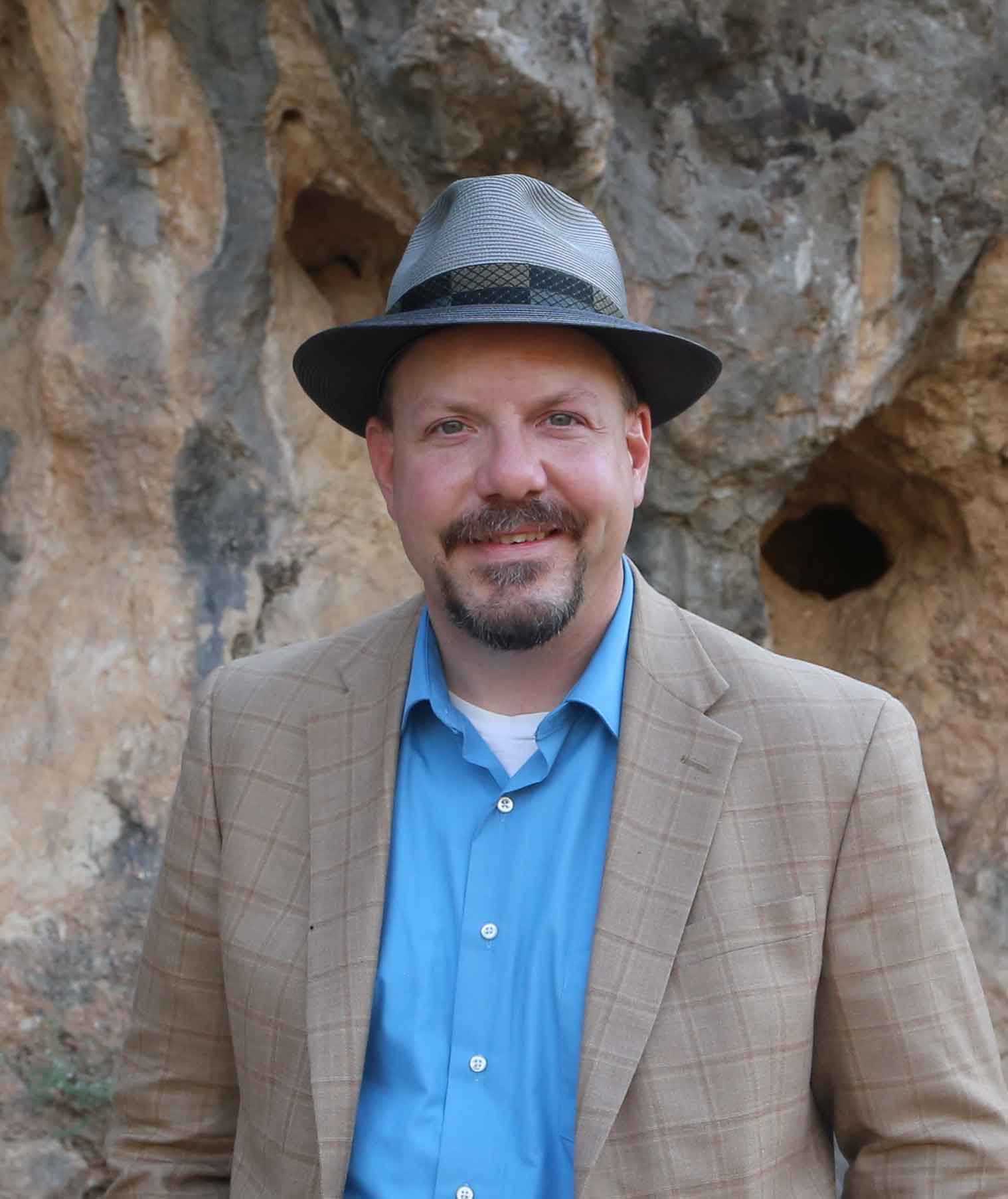
Hi, I'm John Hawks.
I'm a paleoanthropologist, exploring the ancient world of humans and fossil human relatives.
I write about the science of human origins, and how our ancient past can help make sense of today's world.
You can follow my writing here, or subscribe to have articles sent when they are published. Keep checking in for more changes.
Top 10 discoveries about ancient people from DNA in 2023
This year's highlights include ways of finding ancient relatives, how some phenotypes evolved in ancient people, and trace evidence from artifacts.

What color were Neandertals?
Even with whole genomes, scientists can't say very precisely what pattern of skin, hair, and eye pigmentation was in ancient populations like the Neandertals.

When did our ancestors start looking up to the stars?
Changes in the sky have been important to peoples throughout the world. That connection may go back much further than our species.
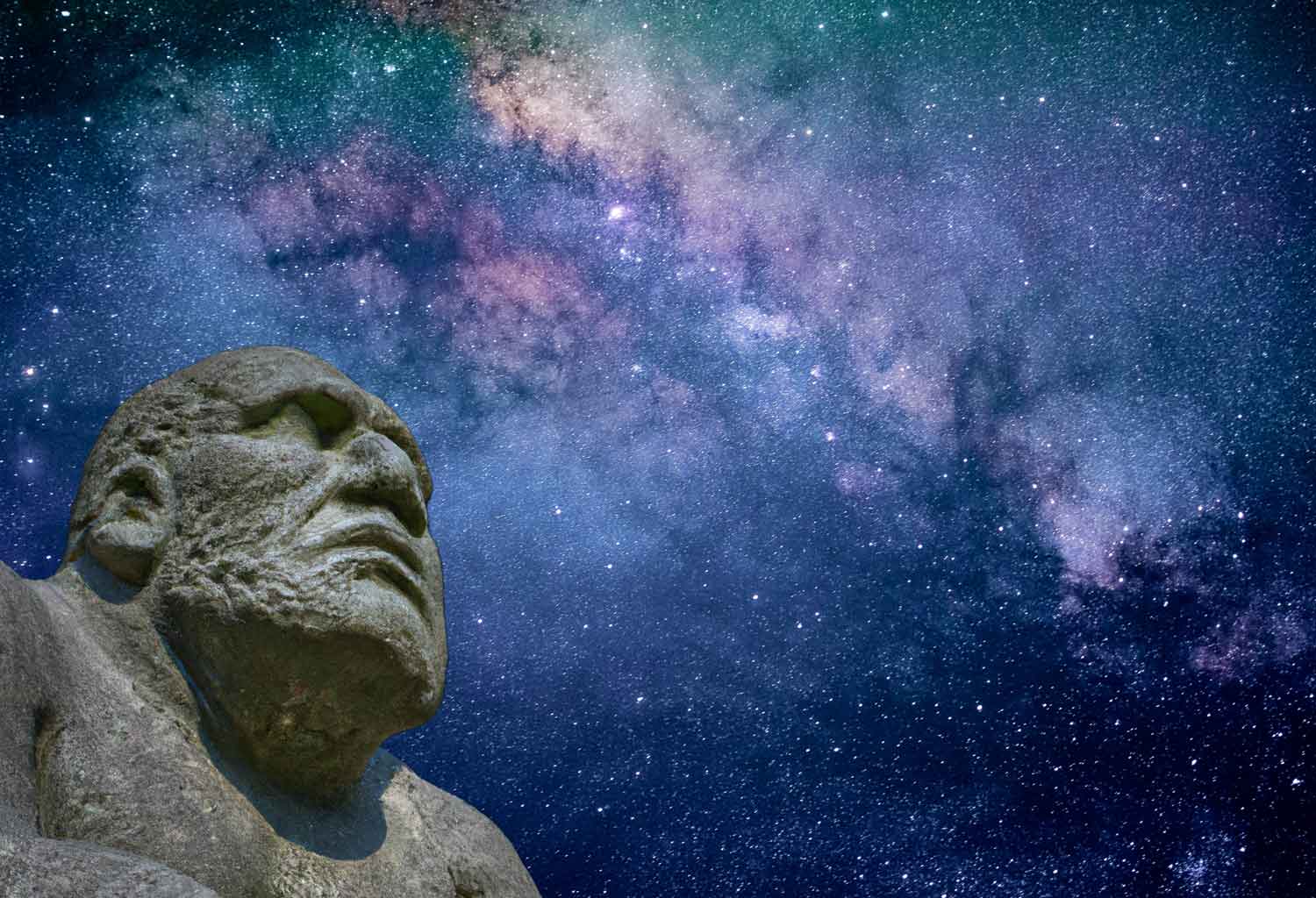
Julurens: a new cousin for Denisovans and Neanderthals
A new study suggests that the Middle Pleistocene record in China includes more groups than have previously been recognized.
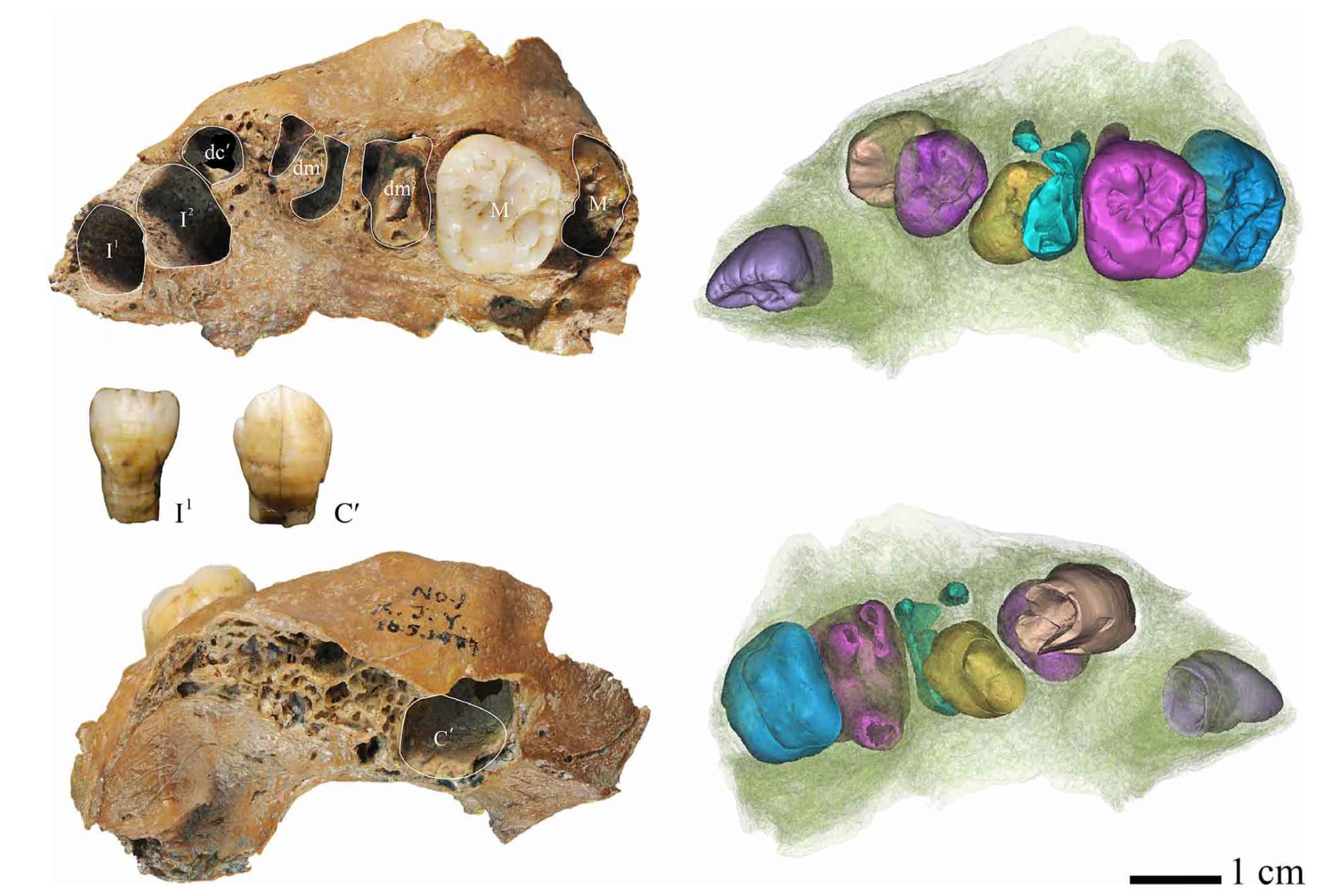
The evolutionary mystery of the German cockroach
The species evolved to exploit human-built environments and exists nowhere else. So where did it come from?
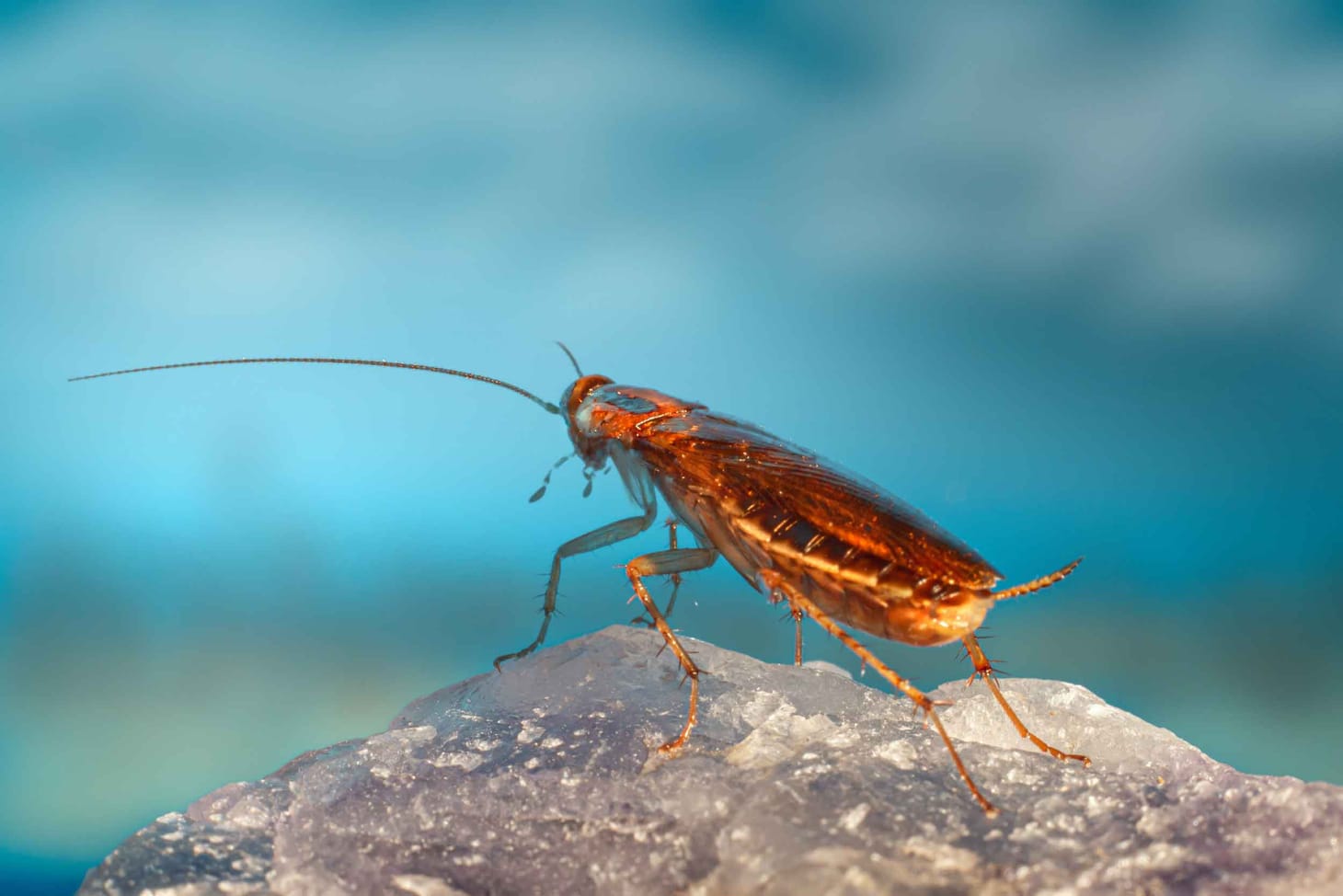
New insights into the biology of Homo luzonensis
Studies of teeth from Callao Cave yield information about the pace of development in this species and its possible connections with Homo erectus.
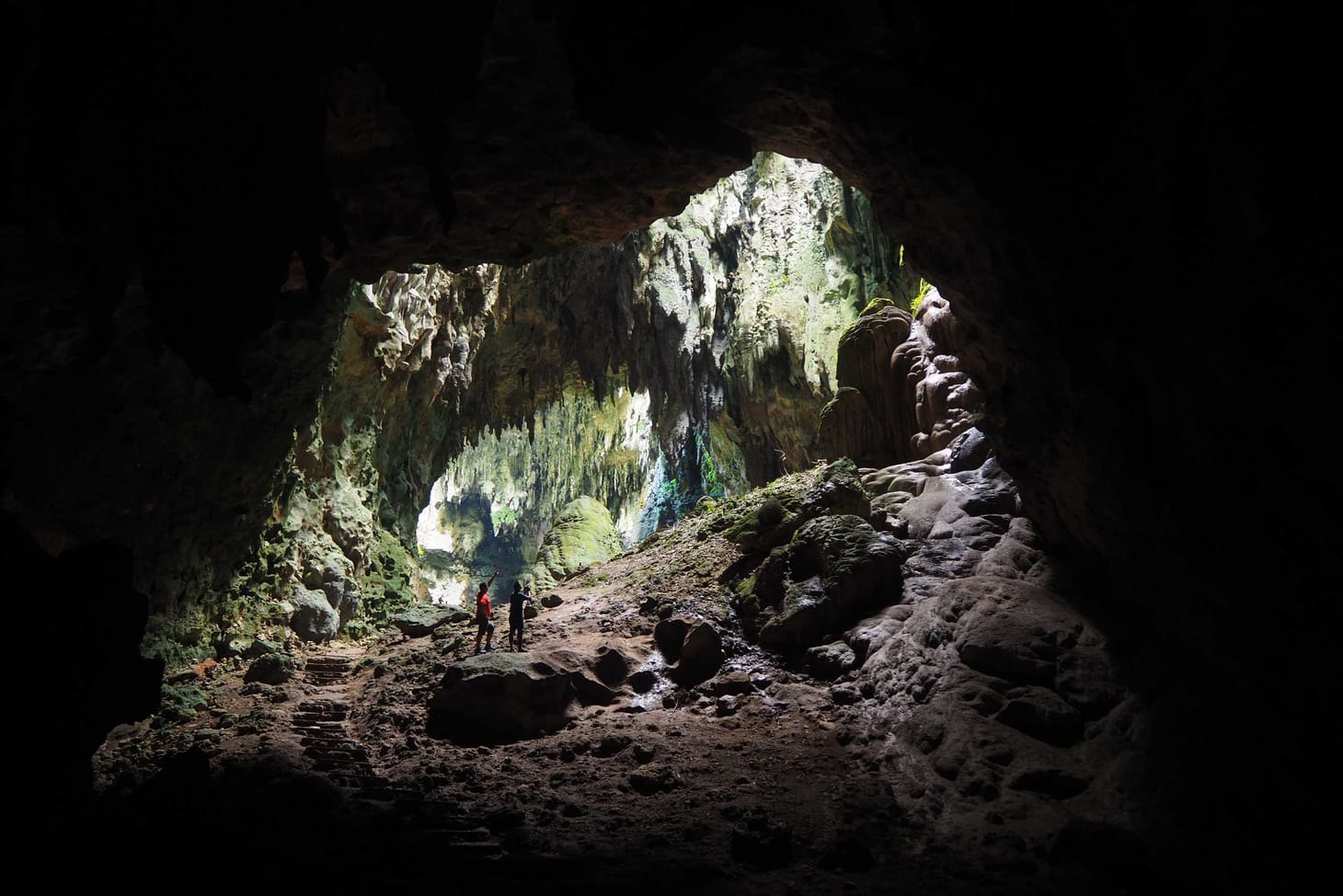
Why did the ancients make gigantic handaxes?
Looking at new research on the distribution and function of curiously large bifacial tools
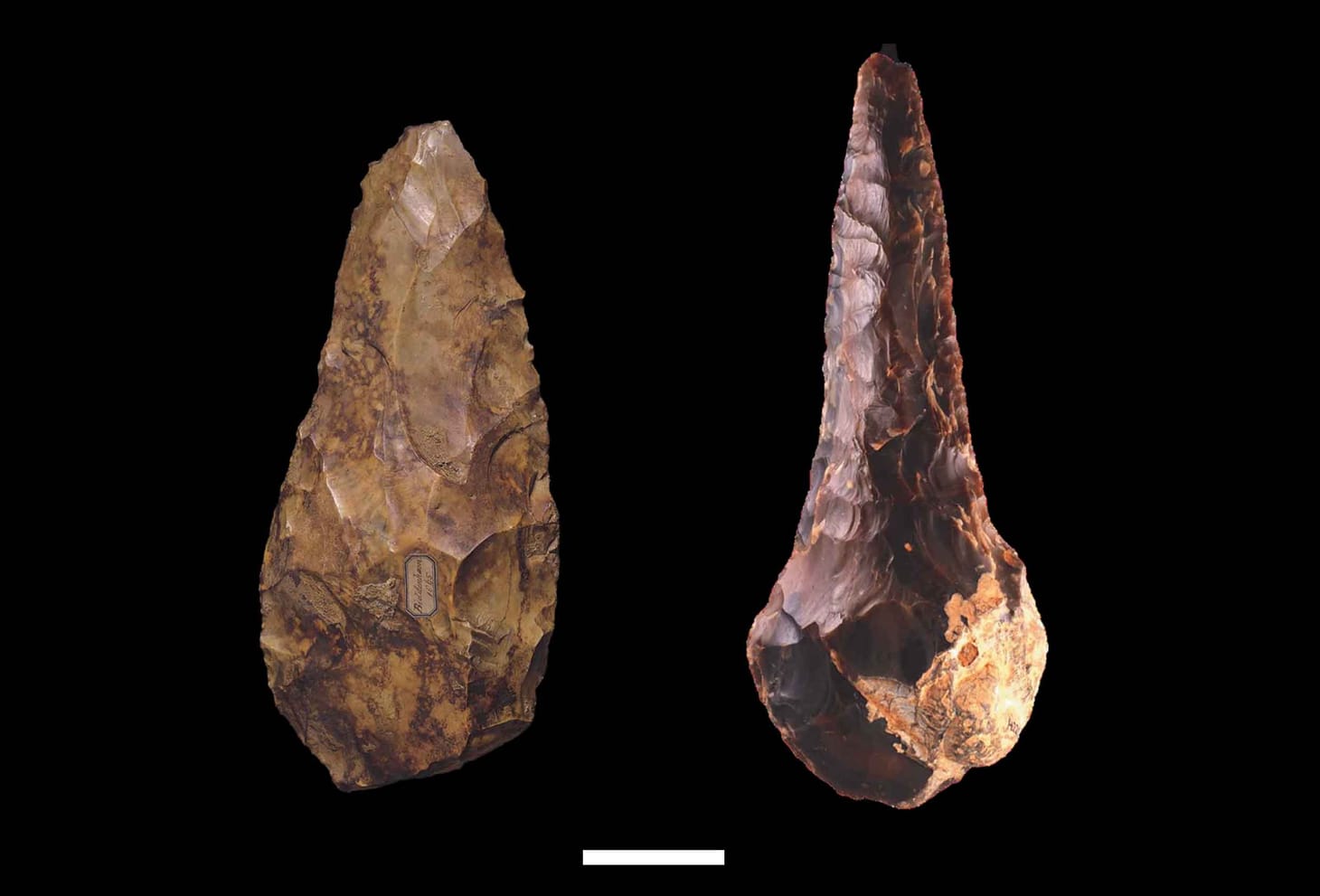
Four amazing Stone Age sites with wooden artifacts
From Africa, Asia, and Europe, these sites give us a rare window into the ways that organic technology shaped ancestral lives.

How many bathrooms have Neanderthals in the tile?
A Reddit poster finds an ancient jaw in his parents' new travertine. It may be more common than most people imagine.

Eclipses for the ancestors
Culture shapes our experience of these astronomical events, and would have done so for Neanderthals and other ancestral hominins.
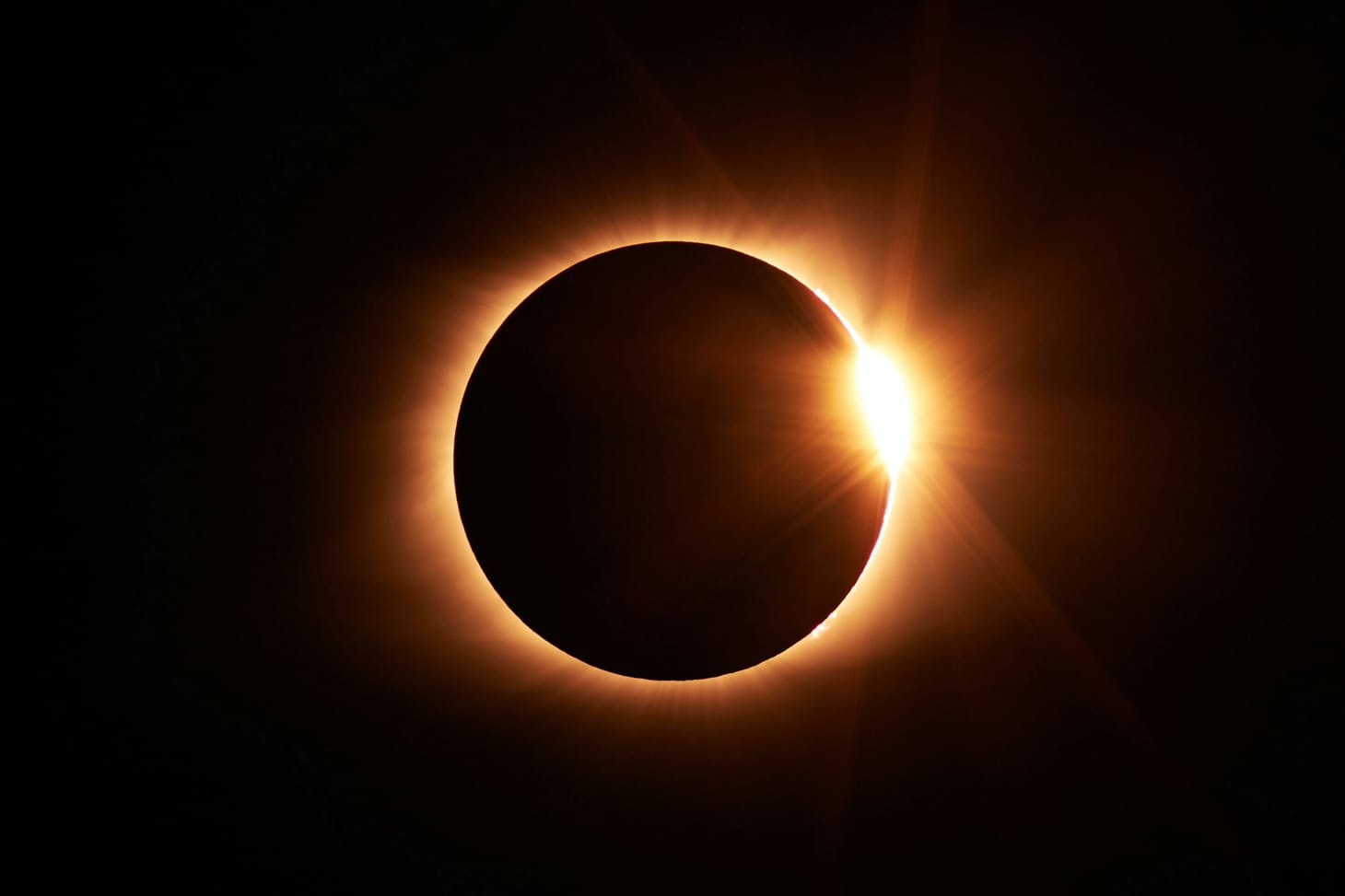
A remembrance of Frans de Waal
Among many highlights of this primatologist's work, he maintained that humans are not unique or separated from other primates.

Vagrant birds and ancient human habitats
People killed the Carolina parakeet. An inquiry into their historic population range helps illustrate the challenges of understanding ancient human populations.
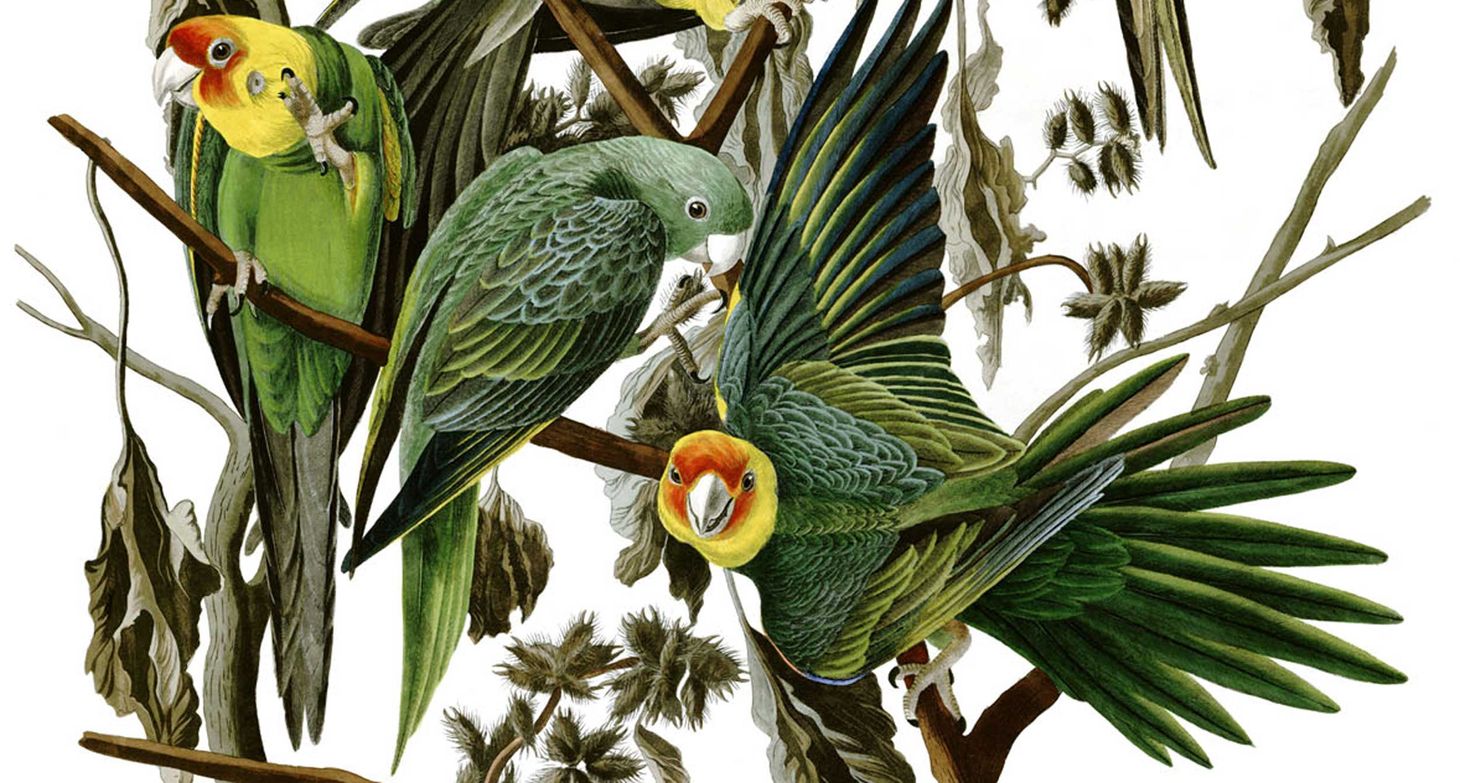
Guide to Paranthropus species
Long known as a group of human relatives with big teeth and jaws, these ancient species lived for at least two million years alongside our ancestors.
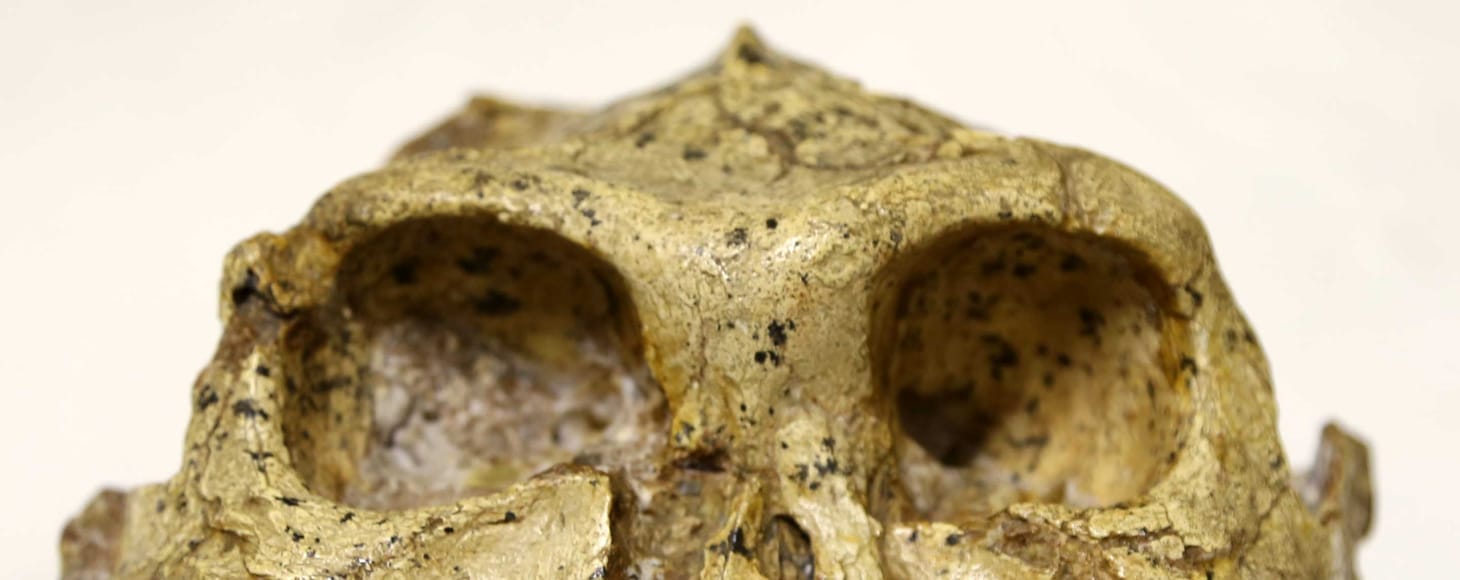
Secrets within the teeth of the first Homo fossils
New studies of the enamel-dentin junction show that early members of our genus may have been less distinctive than we think
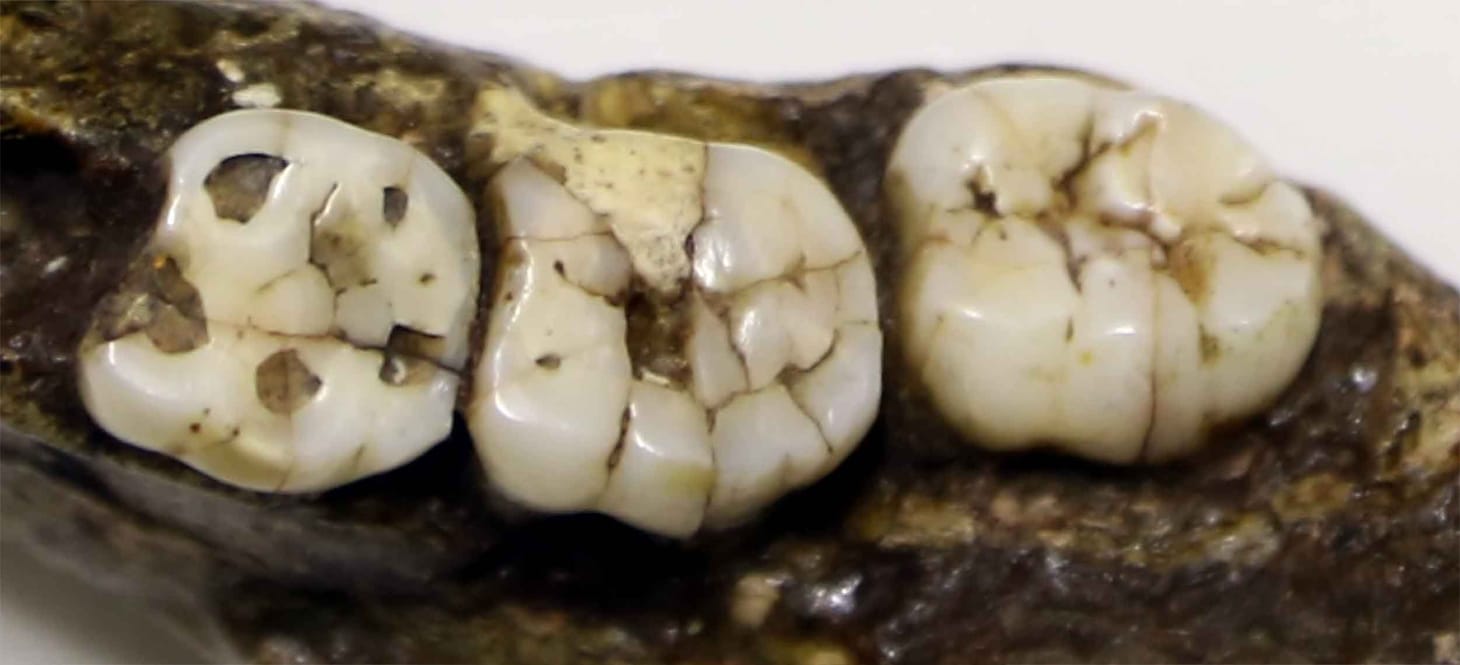
A visit to the Museo Nacional de Antropología, Mexico City
I took some time out from a research symposium and presentation to take photos of a marvelous collection of anthropological heritage.
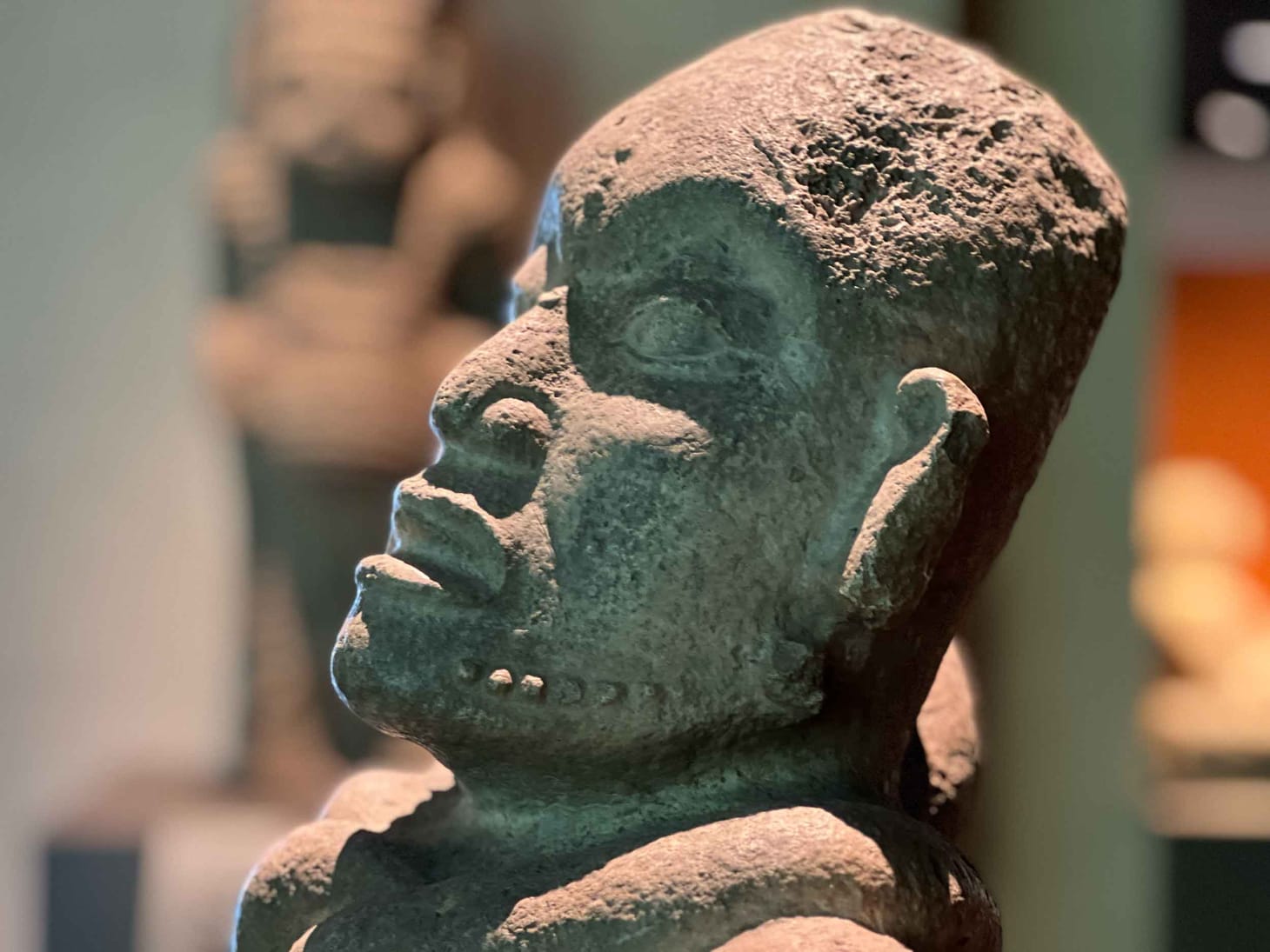
All the hominins made tools
A study of associations between stone tool evidence and fossil hominin remains shows that a wide range of species made stone artifacts.

Tracing the signature of African-to-Neandertal gene flow
A new study of African genetic variation yields a more accurate picture of the genetic exchanges between ancient Africans and Neandertals 250,000 years ago.
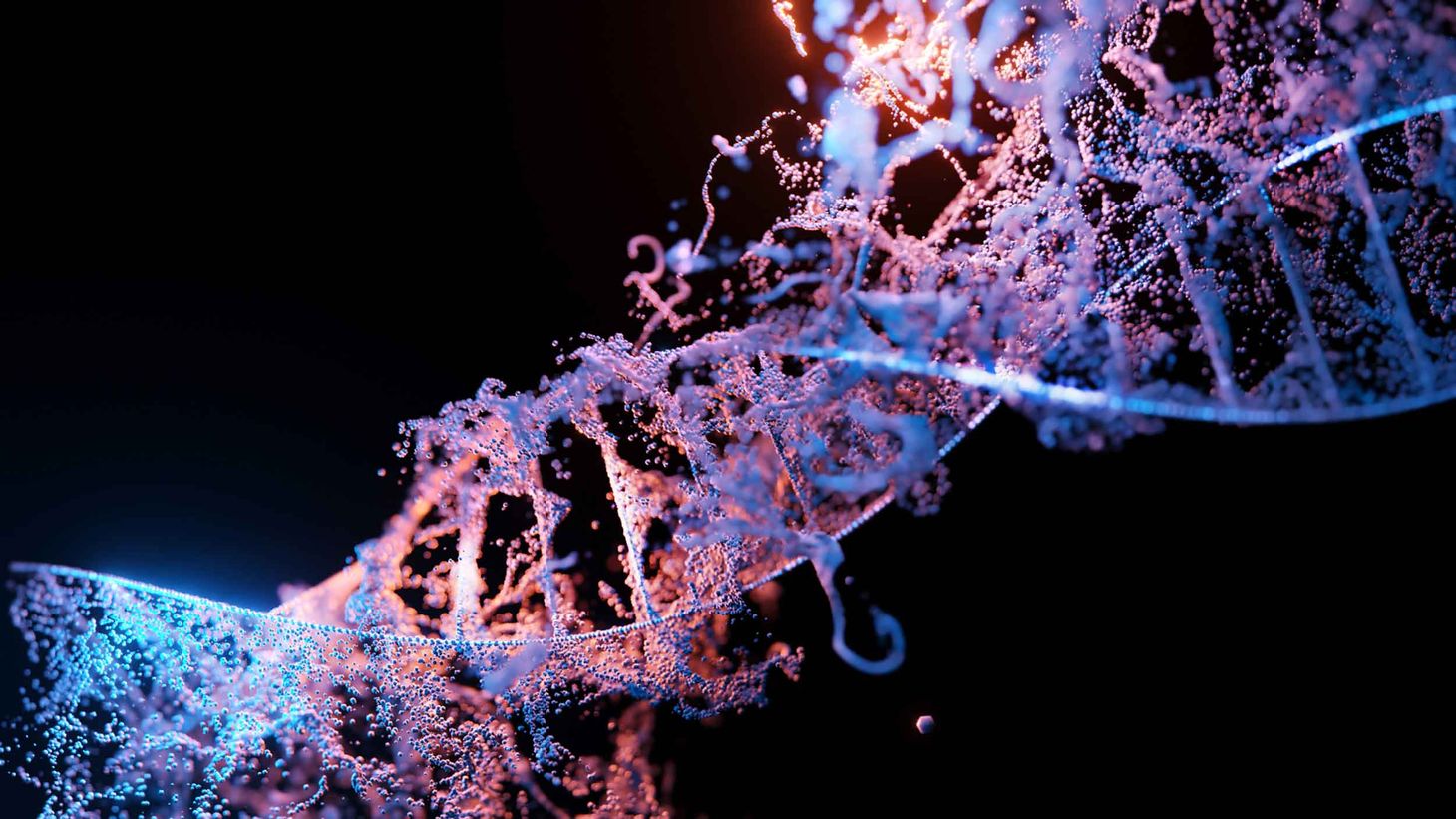
Lecture: Opening new frontiers in human origins
At a memorial for Richard Leakey, I shared some ideas about where technology and new discoveries will take paleoanthropology over the next decade.
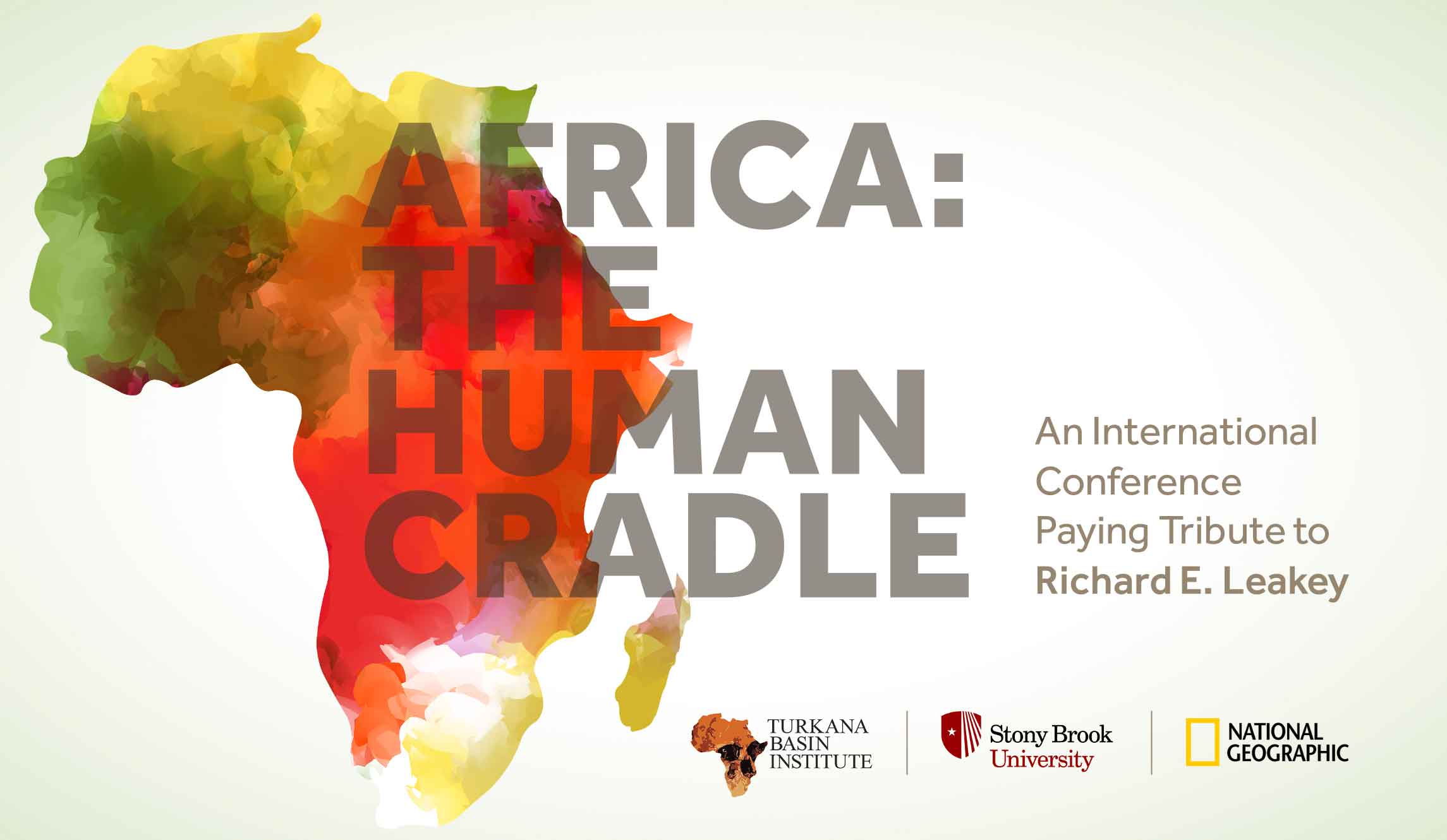
John Hawks Newsletter
Join the newsletter to receive the latest updates in your inbox.